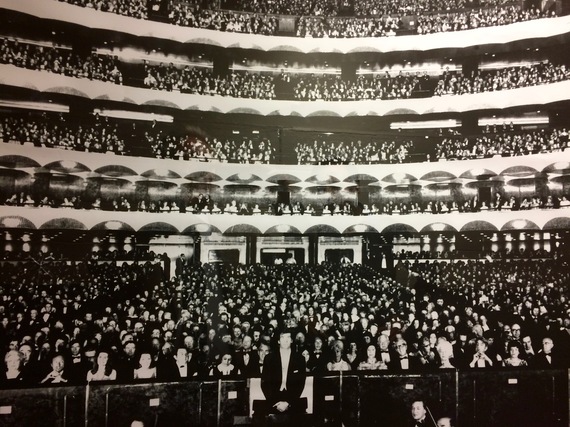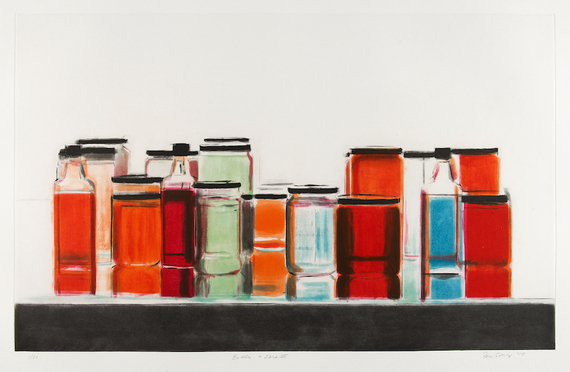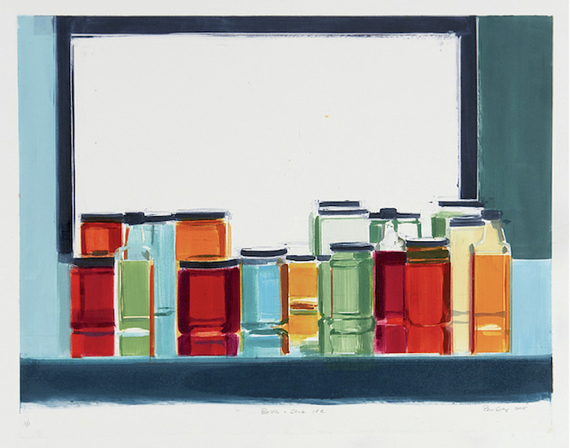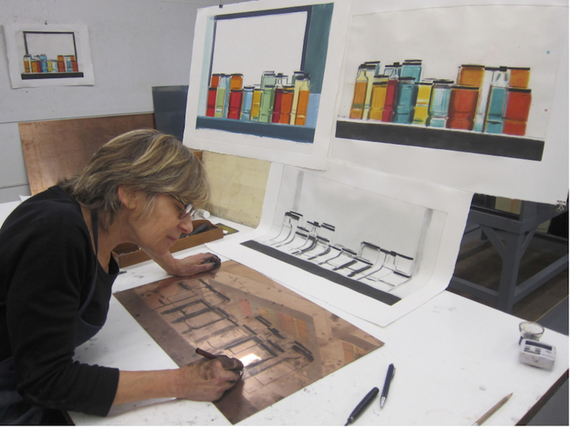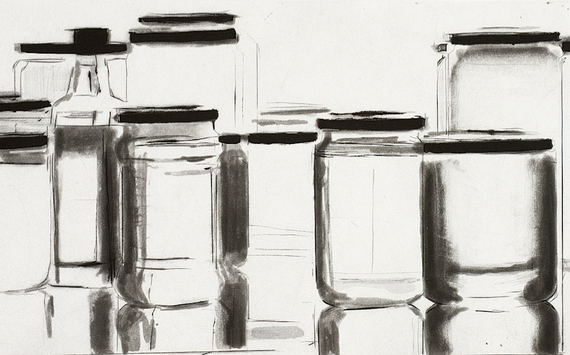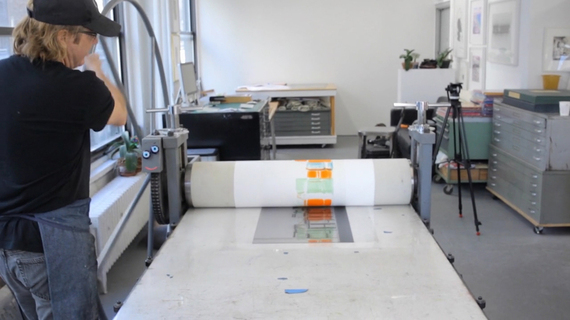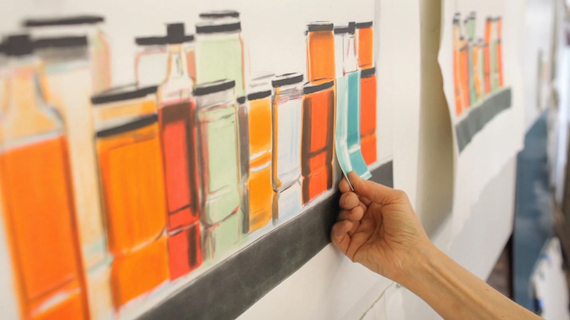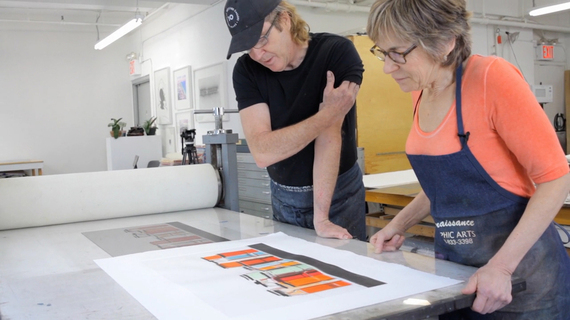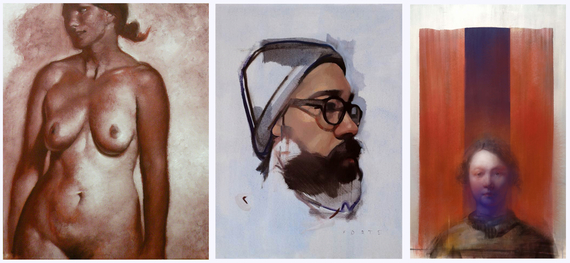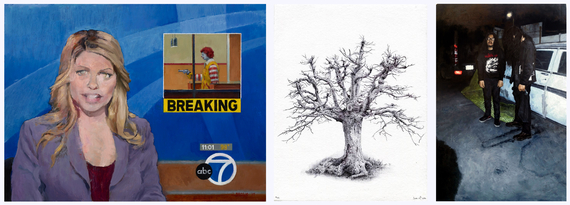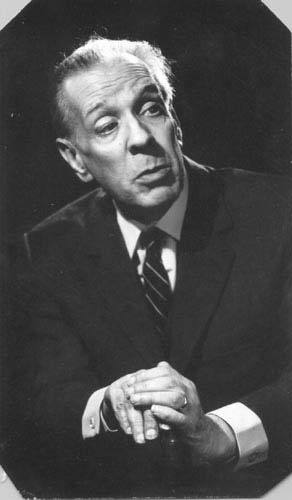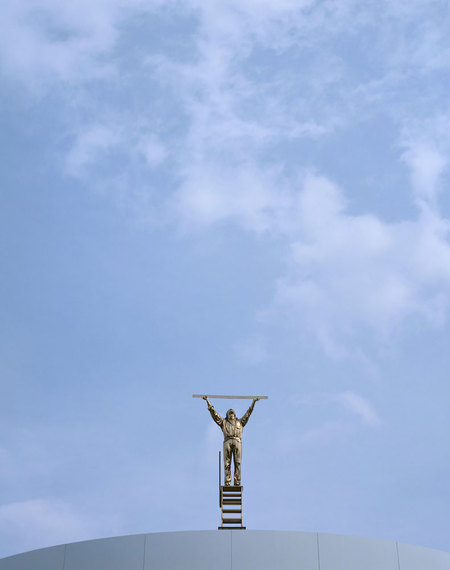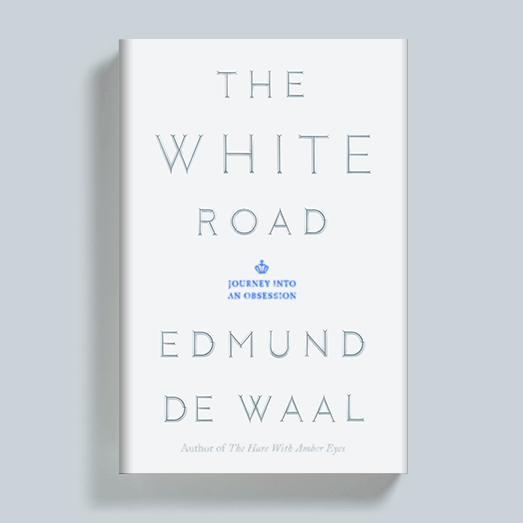Wake up, America, before you vote for Trump. Let’s talk about what it’s like growing up and living in Donald Trump’s #nastywoman #pussy-grabbing rape culture world of put-downs. And what it means for our kids.
Twitter queen, Kelly Oxford, asked women to share stories about their first assaults, the New York Times reported. After all social media was tallied, she received 27 million –that’s MILLION -- responses in one weekend. We girls know all about Trump’s pussy-grabbing.
The Trump candidacy has drawn women out of the rape culture shadows to tell their stories. Objectifying women makes harassment, abuse, humiliation, and rape possible. “Women, you have to treat ‘em like shit,” the GOP nominee once bragged in a New York magazine article.
I cringe. Do I really have to share my stories too?
In solidarity with my brave sisters who have spoken up, I do. I know I do, but I don’t want to. I have decades worth of #pussy-grabbing stories like most women living in the locker room rape culture Trump embodies. It’s not fun. Society has groomed us to remain silent, and we have obliged like obedient pets.
A Donald Trump presidency would not only normalize but elevate rape culture. How could we live with ourselves if we did not make every effort to stop this man from holding the most high profile, powerful position in the world? Every little boy empowered to call a girl a disgusting animal by Trump’s example would remind us we did not do enough.
I share my stories so a reinvigorated rape culture mentality does not befall today’s girls and boys like it did me. Perhaps I can prevail upon at least some of their parents not to vote for Trump.
To be clear, I’m voting for Hillary because she is more than qualified. I’m with Louie CK when he says “I think she’s great. I think she’s really talented. I think she’s super smart. And I think she’s done this forever. I would take her over anybody.”
![2016-11-05-1478376024-3070092-PussyPaintingwithcopyright.jpg]()
(oil and broken mirror on canvas, 36 ins. x 48 ins., by the author)
Keep in mind that voting for Hillary because one is not voting for Trump is also a very good option. Many prominent Republicans have disassociated themselves from Trump, and are voting for Hillary. Pulitzer Prize winning conservative jounalist George Will, for one, has broadcast his disdain for a Trump presidency.
Your vote for Hillary – for whatever reason – strengthens our anthem that we will not tolerate the subjugation of our girls’ spirits, and the defiling of our boys’ minds in Trump’s rape culture, depraved reality. Also, a man who has exhibited petulant, childish behavior on his Twitter feed at 3 AM is not someone we trust with US nuclear codes.
Treat ‘em like shit. As little girls of the fifties and sixties we were inundated with media that told us where our place was -- behind a man’s desires and ambitions. In typical patriarchal households girls learned that the man is the boss.
Some women are still diminishing themselves in a man’s world like the one Trump inhabits. They justify, overlook and make excuses every time he degrades women, which is often and longstanding. This is no surprise. Softening Trump’s vulgarity might just feel normal for a lot of women. Middle-aged women have been conditioned to smile, shut up, take it, and say nothing their whole lives. And many are doing it now when they make excuses for Trump.
Writer June Keith shared her first abuse experience in her blog post, Shame and What I Wore. In fifth grade her dance partner rubbed his hand in circles around her flat chest. She conducted a survey for a day asking every woman she saw about the first time she was sexually bullied/abused. Every woman remembered, and not one woman told anyone. Yep. Me too. And I also said nothing. Many times I said nothing.
In a New York Times article, artist Jill Gallenstein perfectly sums up the zeitgeist that empowers some men to denigrate women, from catcalling to physical assault. “This is RAPE CULTURE — the cultural conditioning of men and boys to feel entitled to treat women as objects.”
I must have been 12 or 13. I don’t remember having breasts yet. A boy I knew tried to lure me to his mattress in the woods. He failed. I was scared. I knew he wanted sex without knowing sex. I thought danger. What did I do to make this happen?
Still in grade school, I was at a wedding. My grandmother said, “I kept my eye on you.” A wedding guest was “watching you all night.” I was being stalked. My grandmother’s anxiety scared me the most. My young mind did not think sex. I thought danger. What did I do to put myself in danger?
![]()
![2016-11-05-1478378694-8615293-Circa1972.jpg]()
My father owned a machine shop. Sometimes I would be at his work and have to walk through the shop trailing my dad because I was with him for the day. The employees made sure I could hear their mutterings but my dad could not. “Bet she hasn’t been screwed yet,” the walk of torment and shame for being female. My father would never have put me through it had he known. I was young. I never said anything.
My dad objectified women with the best of them. He was very much a part of the 1950s misogynist culture but not in his personal life, not with his daughters. He saw us as intelligent, strong individuals who could do anything, and told us often. As helpers we were expected to know the toolbox, and pass the instruments like surgical nurses for whatever job he was doing. In his mind he wasn’t a woman’s libber, but he sure was in the way he treated his daughters. He just wanted his tools, and he expected us to be competent helpers. More than once he sent the 17-year-old me in the company truck to pick up parts in Camden, NJ, deemed one of the most dangerous cities in the US. I guess he thought I could handle myself just fine. I did because I was expected to return with the parts – no ifs, ands, or buts. And if I had to take on a badass demeanor to do the errand, I did. There was the time my sisters and I had to help him load a 22’ rental truck for his move to Florida, piano and all. We were not objectified woman. We were his very capable children. We were people he respected.
Yet, I saw the titty and ass girlie calendar hanging in my father’s office, pictures of female limbs creatively contorted every month for the sole purpose of arousing men. Titty and ass, an expression I abided so often, I don’t remember the first time I heard it. In the 1960s it was not uncommon to encounter these pictures in male-dominated workplaces. I had to pretend it was OK because men were the bosses.
My father would not have been pleased if his daughters jiggled their booties and draped their breasts in garland as Miss December, or spread their legs for titillating cunt close-ups in Playboy magazine.
How would my father have felt if my twenty-something self had told him that his married business partner made a pass at me? He said, “If I had known you were that kind of girl, I would have gotten to you a lot sooner.” What did I do to give that impression - nervously laugh at some stupid, sexist joke, maybe? This man knew my parents from before I was born. Men put lascivious girlie calendars in offices. And objectified girls like me did not know what to say or do about it.
My father loved his children dearly. He told me once that he would have given his life to save mine. He never made the connection that other men’s daughters were just as precious to their fathers as his were to him. And that is how rape culture continues.
The list in this piece is just what I jotted down in 5 minutes after deciding to write it. Any woman would tell you that my experiences are typical. There’s more. There's always more.
![]()
![2016-11-05-1478378497-8733137-1959.jpg]()
A year and two days apart in age, my brother and I grew up like fraternal twins. He roused me from a deep sleep one early morning, and insisted I go out to play. Play. We were young enough that we still used the word play with each other. I grumbled and finally capitulated. As I got out of bed I saw him and a bunch of his friends smashing their faces against the window trying to catch a glimpse of me getting undressed. We were all so young. They weren’t even savvy enough to try and hide to cop a look. I just thought my brother was a jerk, and went back to bed. I rolled my eyes and starting thinking of ways to get back at him. We did our fair share of serious living room wrestling, and beating each other up. I even stabbed him with a pencil once, which he never let me forget.
Today I see that my brother was just as conditioned in the 1950s-60s rape culture to be a man as I was to shut up and take it. Society legitimized his thought that he could act out against his sister, albeit naively. (Although I never put up with anything from my brother. I never shied away from a dare, a race or even a fistfight if our parents weren’t looking. ) But he saw the girlie calendars too as a kid. What was he supposed to think as a boy in a culture that objectified girls?
I was crossing a busy city street with a co-worker. A bunch of guys said something lewd as we passed by in the middle of the crosswalk. My beautiful, statuesque, confident friend, Helen McKenna, did a quick about-face and started chasing the guys, “Are you talking to me? ARE YOU TALKING TO ME!” The guys high-tailed out of there. I really admired her. She said and did what most women wanted to when being harassed.
Riding a crowded subway, a man rubbed up next to me and squeezed my buttocks. I was 19. Pretty normal occurrence for women. Unfortunately.
That same year I was walking home about 3 AM. The Metro had stopped running. My friend and I had to split up to get to our respective apartments. I had a short distance to walk by myself. We were too poor to get a cab, or so we told ourselves. Keep your judgment to yourselves. It was 1974. I was young, invincible, and the world was mine for the taking. And like most 19 year olds, I thought I could do anything even walk home alone late at night. The predator appeared and saddled up next to me. I cajoled him for a few blocks to buy time to get closer to my apartment building. He played along. He didn’t believe me when I said I was home. But he sensed a shift in me. Perhaps he thought I was scheming some kind of getaway. His eyes widened and gleamed like a hungry dog licking its lips in anticipation of raw flesh. Women know the look. I smiled and calmly entered the building, then bolted like a sprinter off the starting block, up 7, 8, or was it 10 floors? Two steps at a time. He was doing the same but I had a head start and was faster. I had to steady my shaking hand to get the key in the lock. I did. I locked the heavy steel door behind me, stilled my breath, and put my ear to the door. I could hear him in the stairwell. He paused. He could no longer hear me running. He was out-of-breath on one side of the door not exactly sure which door I had entered; I, on the other. I sighed and relaxed my shoulders when I heard footsteps descending. I wasn’t raped but came as close to it as a woman can get. Oh I deserved it for being so stupid because I was out at 3 AM? Why not robbed? Why is it always rape, rape, rape?
An adult relative touched my breast. I was in my twenties. I thought, ”Did that just happen. No. That didn’t happen. No. Really?” I pretended I didn’t notice and told no one.
Then something wonderful happened that made me think I could help change the rape culture that Mr. Trump now champions.
I gave birth to sons.
I was in control. As their mother I knew that my power to define female for them would preempt society’s rape culture script. In our house, we referred to their female pediatrician as doctor. NOT female doctor. My husband is a chef. He naturally did the cooking because he is good at it. I got the tool belt for Christmas. All those years handing my dad tools made me a better fixer-upper. We did not have gender-defined roles.
In 32 years our boys have never once heard their father demean me, call me or any woman cunt, bitch, slut, whore, pussy, slob, pig, cow, dog, disgusting animal even when their father and I have had serious disagreements. Never. Mr. Trump is quoted as having said those things about and to women.
There is so much more. There is always more. I went on an interview for a flight attendant job – stewardesses we called them in the 1970s. I was reprimanded for being one pound over the maximum weight, 5’9”, 141 pounds. (I unwittingly told the interviewer I really wanted to be a writer. I wasn’t a good liar. Never got the job that I didn’t really want anyway.)
Never passed a construction site without being evaluated or hissed at by the crew.
There are stories about neighbors. It goes on and on. Women learn not to make eye contact when walking down the street. I started to believe that in the outside world, I was just going to be a piece of ass. Pussy power is a thing. But it wasn’t any kind of power I ever wanted. I was not interested in manipulating anybody for anything. If I was friendly and engaging, I was coming on to a man. If I was reserved and quiet, I was a standoffish bitch. I started not to care, and dropped out at 29.
Kudos to the sweet boys turned feminist men who rose above the sexist indoctrination that little boys and girls of the 20th Century were subjected to, but would have none of it. I’ve known a few and adored them. I married one.
(Btw, anybody – male or female -- who wants their mothers, daughters, sisters, friends, colleagues to be able to go through life without harassment for living while female is a feminist. Period. )
Yes, Donald Trump’s misogyny disqualifies him for the office of President of the United States. We need evaluate no further.
Please share this article and your own #pussy #rapeculture stories with every person considering voting for Trump. Many will make excuses for his behavior. That’s Rape Culture 101. But try to get through anyway. Our children’s future depends on it.
-- This feed and its contents are the property of The Huffington Post, and use is subject to our terms. It may be used for personal consumption, but may not be distributed on a website.













